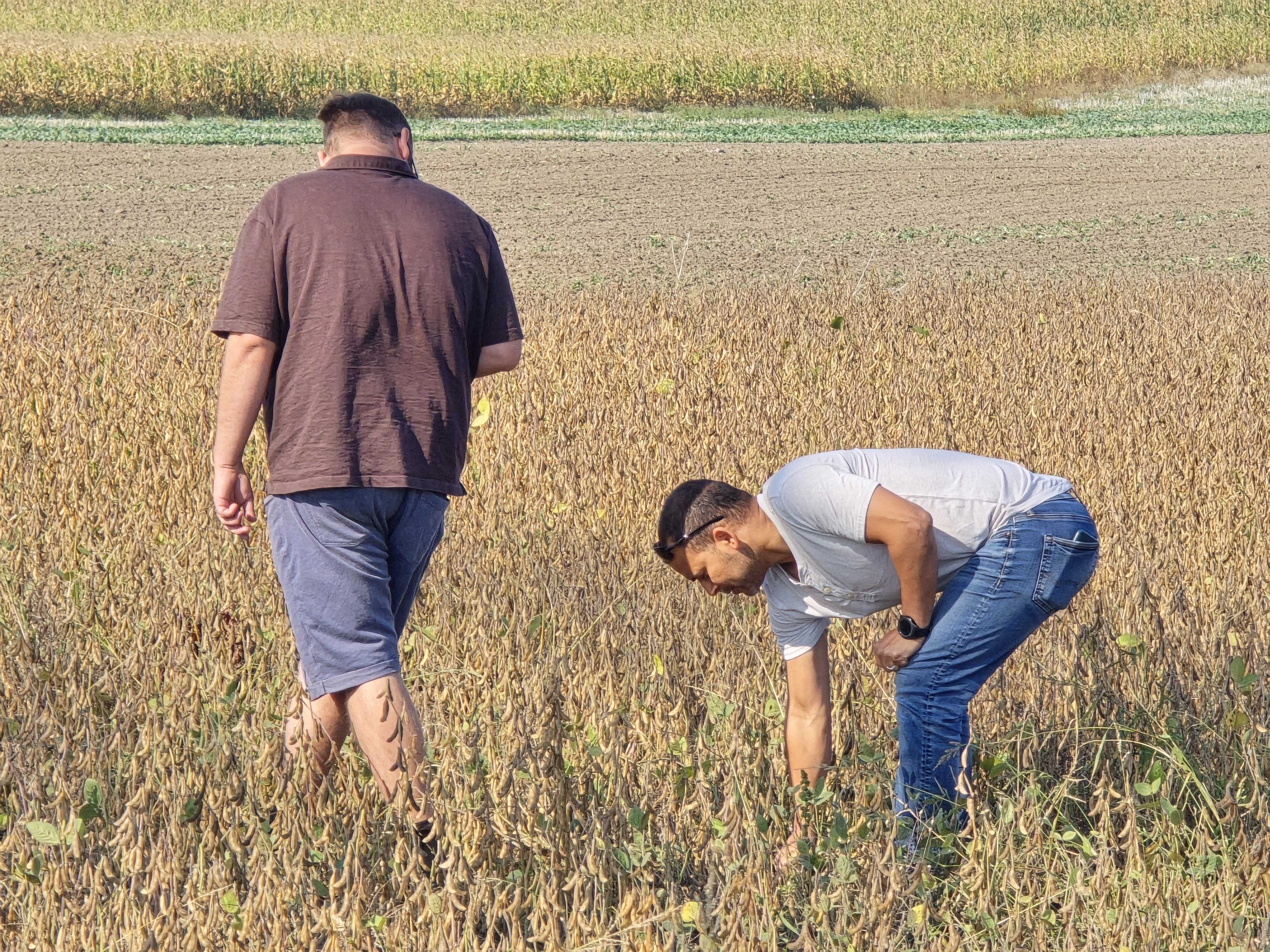Every farmer growing cereal crops, especially in Poland, must adopt the right strategy for protecting winter cereals from weeds. The key question is not the selection of a specific active substance or commercial preparation, but the decision on the herbicide protection system. There are three main options to choose from:
- Autumn protection,
- Autumn protection with the inclusion of spring corrective treatments,
- Spring protection.
Each of these systems has its advantages and disadvantages. Below, we present the key features of each one to help make the decision easier.
1. Autumn protection
The most optimal solution from an agronomic standpoint is the autumn treatment, which is characterized by the following features:
- It effectively controls most of the weeds found in winter cereals.
- It works long-lasting due to the combination of substances that act both soil-applied and foliarly.
- It has a wide application window – from the pre-emergence phase to the end of tillering.
- It guarantees no competition from weeds for light, water, and nutrients during the early stages of cereal crop development, which promotes rapid growth and better preparation of the plants for wintering.
- It effectively controls cereal ryegrass. Spring control of this weed is more costly and less reliable.
- It does not have a negative impact on the crops.
- It minimizes the need for spring herbicide treatments.
- Despite relatively higher costs, it offers a very good quality-to-price ratio.
- In the case of late sowing (e.g., in the third decade of October and November), the herbicide treatment should be carried out earlier, even before the cereals have germinated. However, caution should be taken regarding frosts – if there is a risk of frost occurring within 20 hours after spraying, the treatment should be postponed.
2. Autumn protection with spring corrections
This option has all the advantages of a classic autumn treatment but is slightly less effective in controlling broadleaf weeds. This means lower costs for the autumn treatment, but the need for spring herbicide corrections targeting broadleaf weeds. Despite this, limiting the pressure of broadleaf weeds in the autumn is sufficient to prevent them from posing a threat to the cereals.
The advantages of this solution are:
- A very good quality-to-cost ratio of the treatment.
- Relatively low cost of the entire protection system. The downside is the need for spring corrective treatments.
3. Spring protection
The decision to apply spring protection exclusively comes with several challenges:
- Crops face difficult growing conditions in the fall due to the high competition from weeds for light, water, and nutrients.
- Poor autumn growth of cereals results in inadequate preparation of plants for wintering.
- The effectiveness of weed control is relatively low because the weeds have reached an advanced developmental stage.
- Herbicides applied in the spring can slow down the growth of crops.
- For this reason, spring corrective treatments are usually impossible to carry out.
- The investment in the herbicide treatment is relatively late, which may affect the overall effectiveness of the protection.
Summary
The decision to choose a herbicide protection system should be preceded by a thorough analysis of various factors such as sowing date, development stage of cereals and weeds, soil moisture, occurrence of frosts, timing of the treatment, and costs. We hope that the above information will help you make the right decision.
Remember: The information contained in this article does not exempt you from the obligation to thoroughly read the label of plant protection products and follow the recommendations provided in it.

